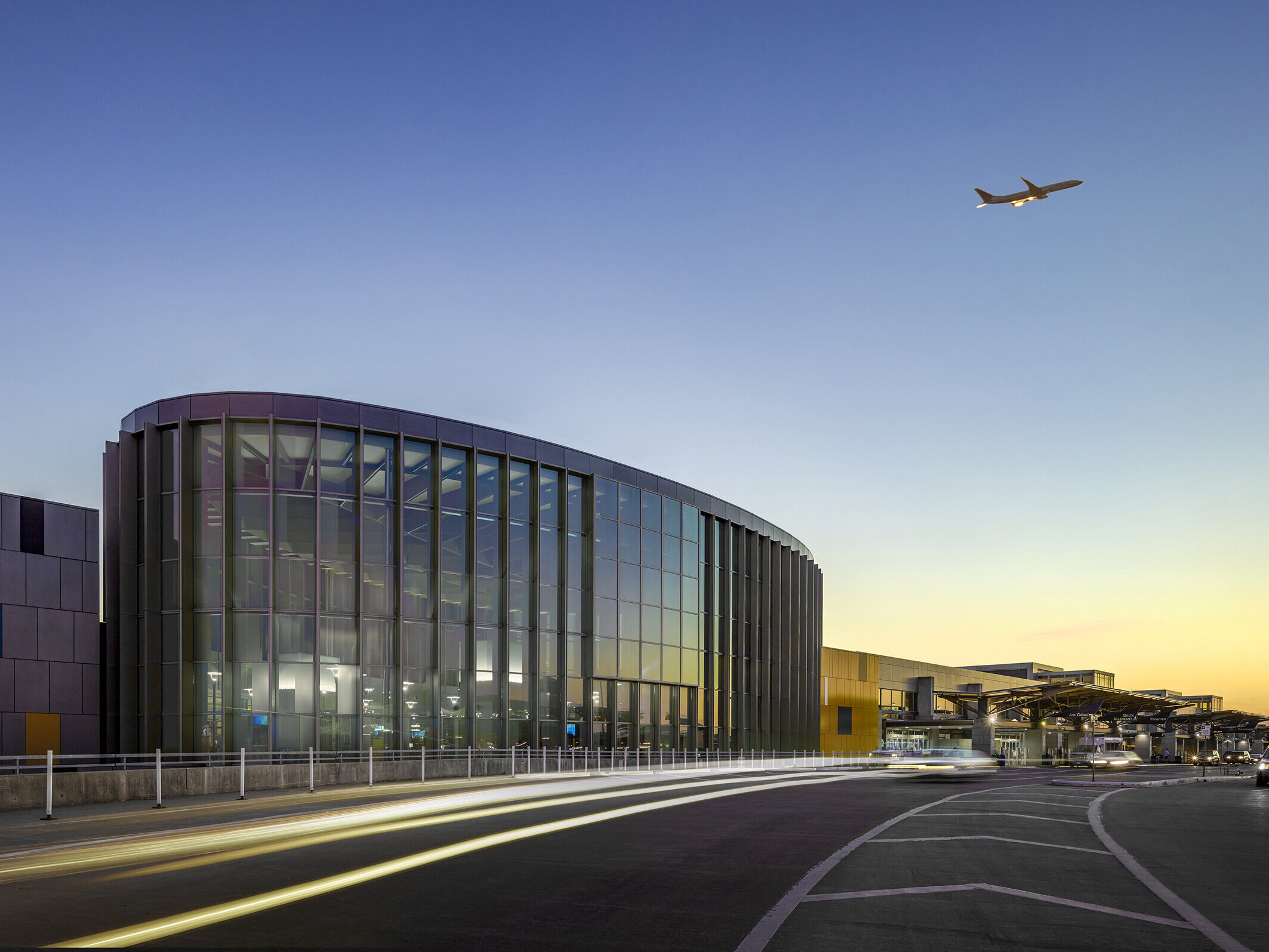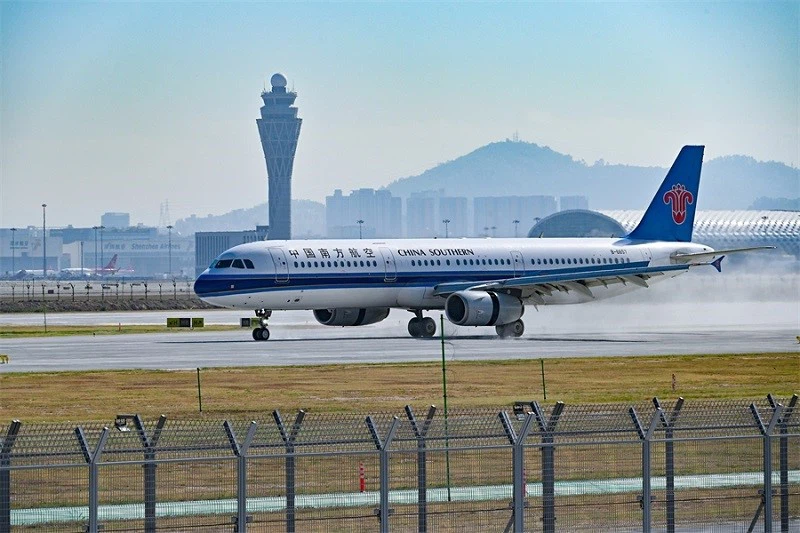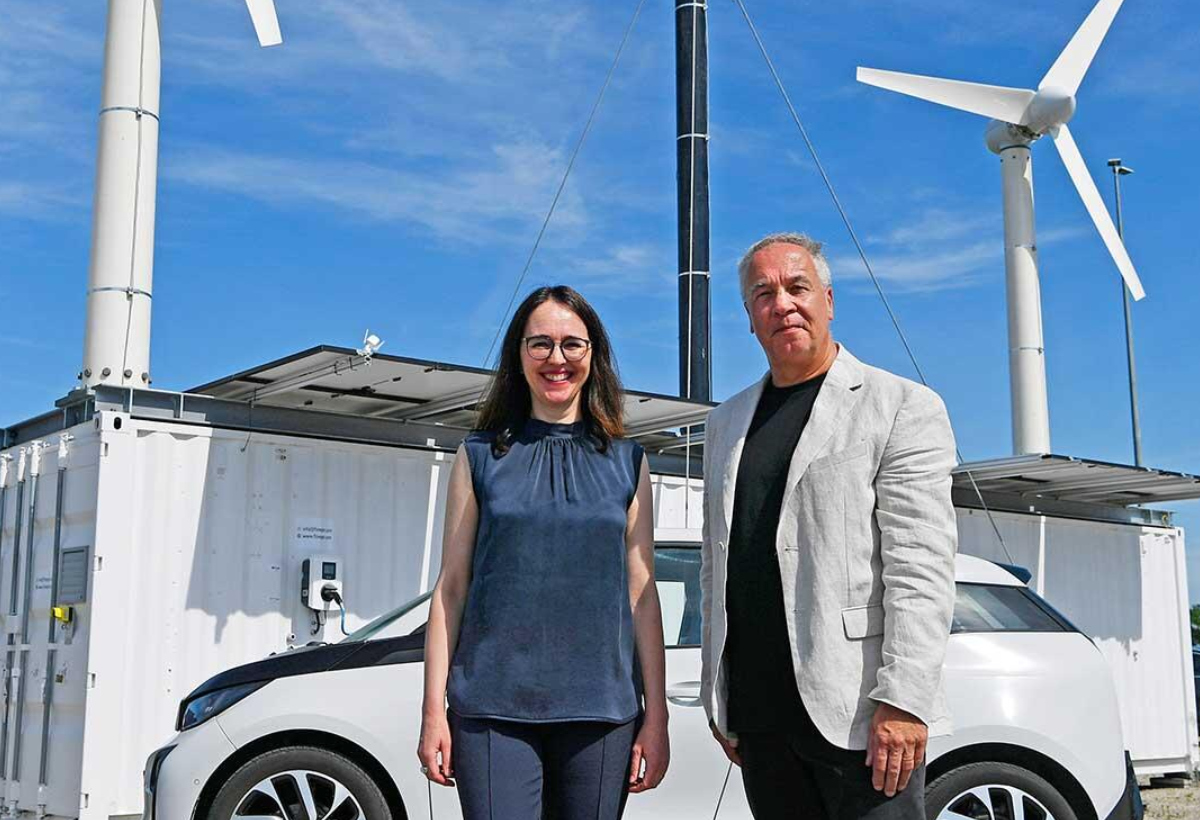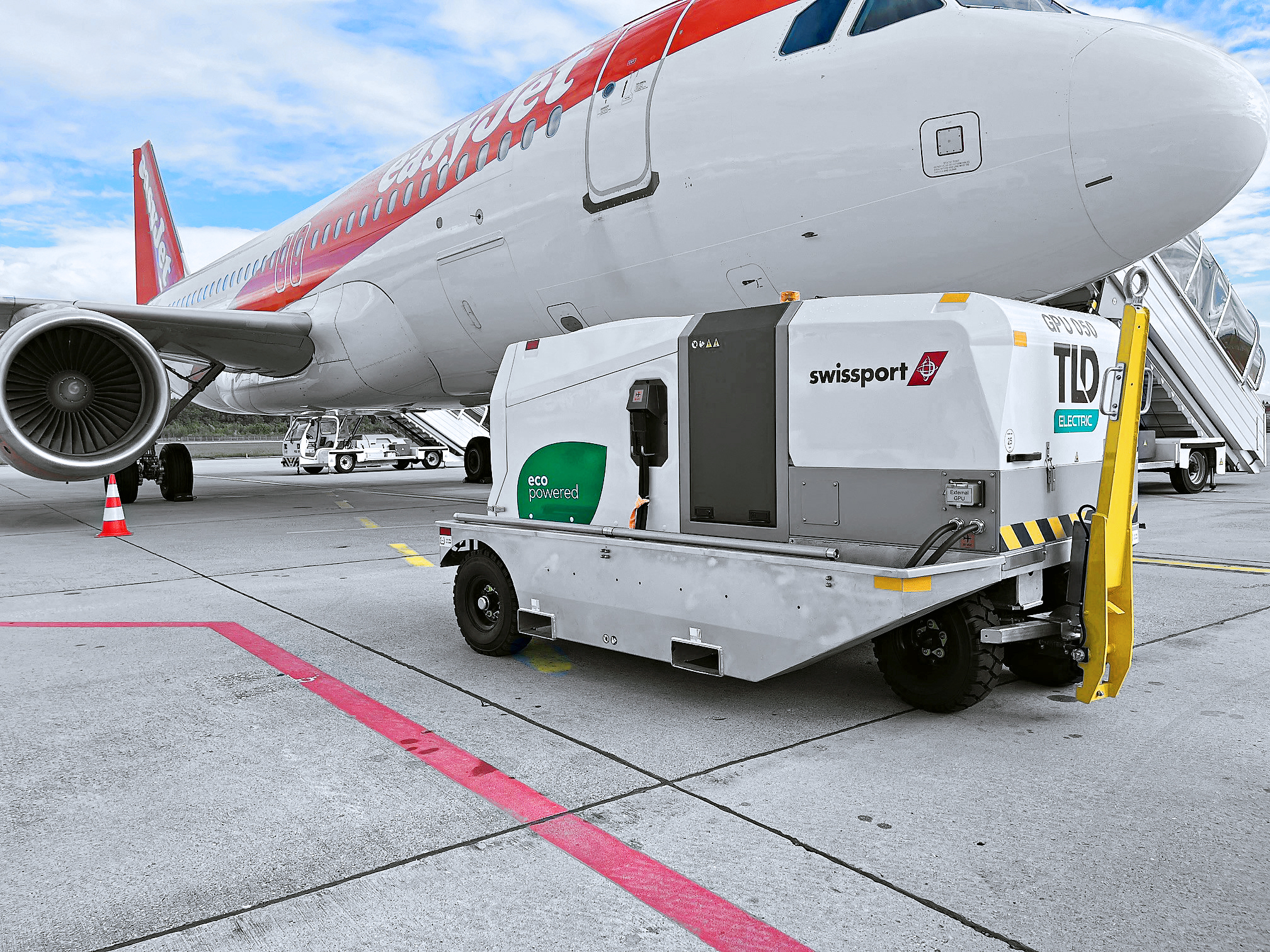In Qatar, Hamad International Airport (DOH) and Siemens have completed a project to optimise the airport’s district cooling infrastructure.
This project will conserve and reduce energy consumption while supporting the airport’s growth plans.
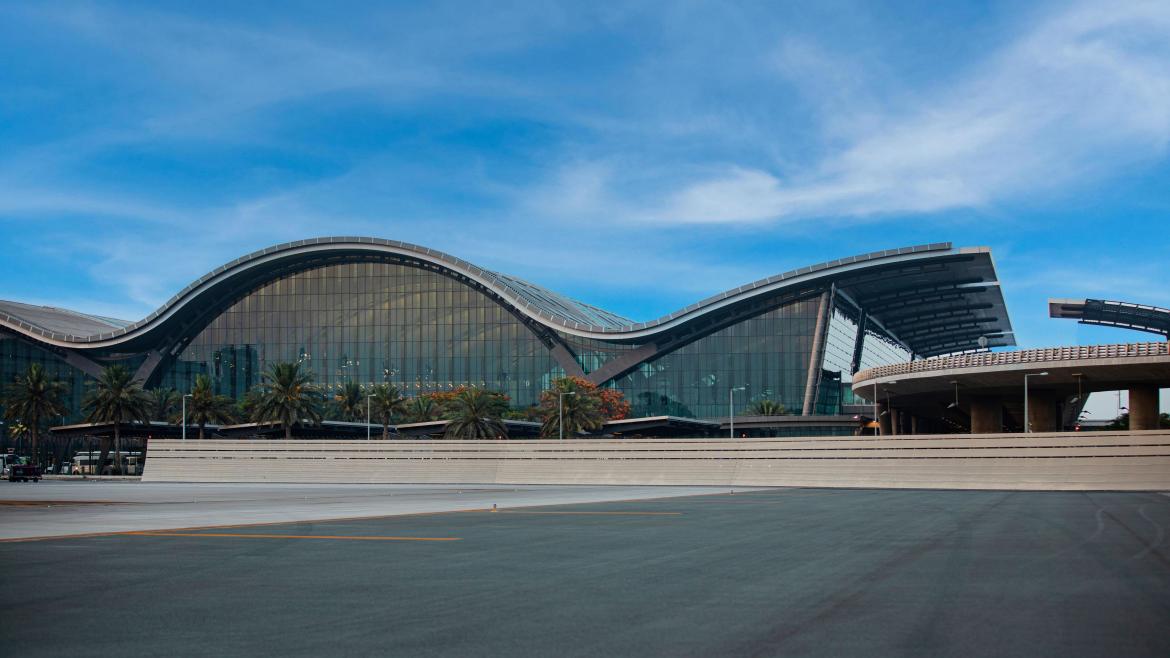
The new infrastructure includes five district cooling plants, with a production capacity of 62,000 tonnes to meet the cooling demand at the airport.
Phase B of the airport’s expansion is currently underway. To reduce the consumption of electricity required for cooling, the airport is leveraging Siemens’ Demand Flow technology from the Siemens Xcelerator portfolio.
With the adoption of Siemens’ solution, Hamad International Airport has reduced its annual CO2 emissions by an estimated 16,000 tonnes.
Michael McMillan, Senior Vice President, Facilities Management at Hamad International Airport, said:As the ‘World’s Best Airport’, Hamad International Airport also needs to be the best airport for the world by growing responsibly. This collaboration with Siemens strongly aligns with our environmental sustainability goals by adopting innovative solutions and our commitment to investing in the latest technology that will reduce our environmental footprint.
This project supports the airport’s goal of improving carbon efficiency by 30% by 2030.
The use of Siemens’ Demand Flow technology is also expected to reduce costs by 23% annually.
Hakan Ozdemir, CEO of Siemens in Qatar said:We are proud to strengthen our collaboration with Hamad International Airport. Our smart infrastructure solutions aim to enhance energy efficiency, ensuring real cost savings and environmental advantages. This partnership set a benchmark in energy efficiency, showcasing the pivotal role of innovative technologies and strategic partnerships in realizing Qatar's sustainability goals.



